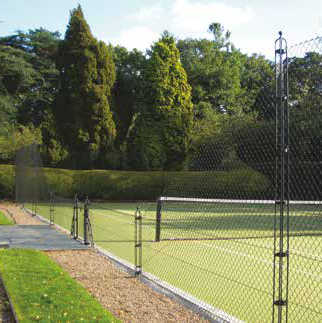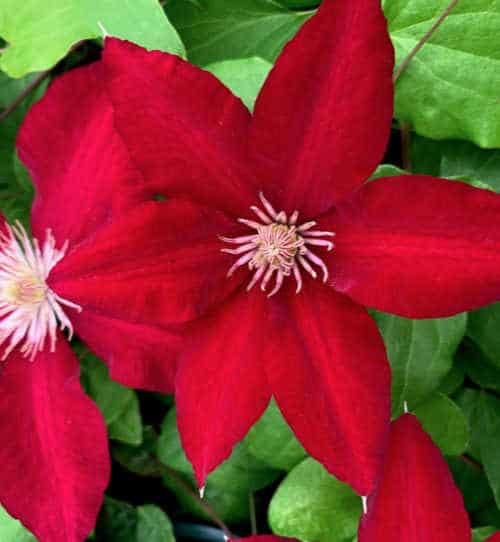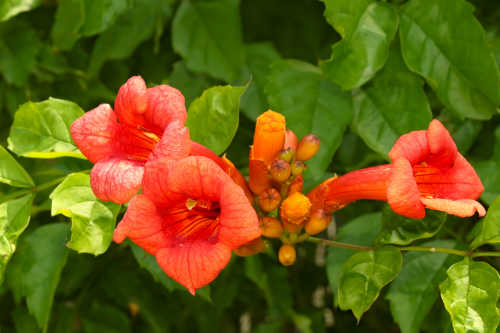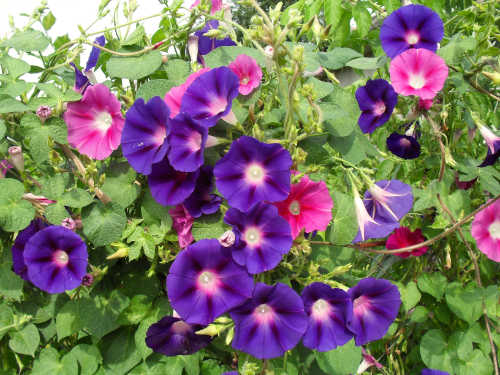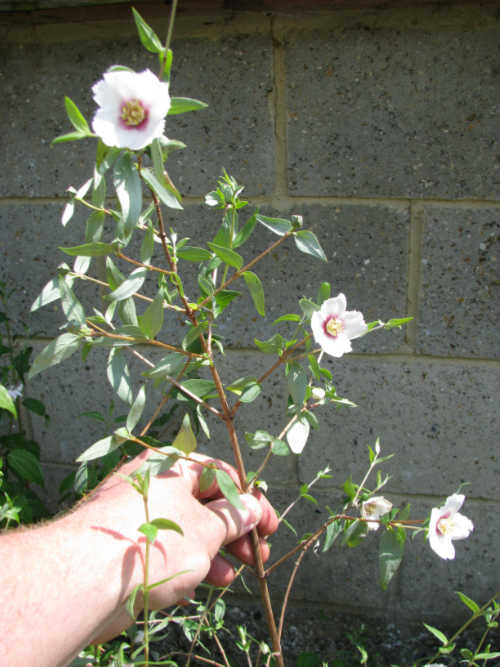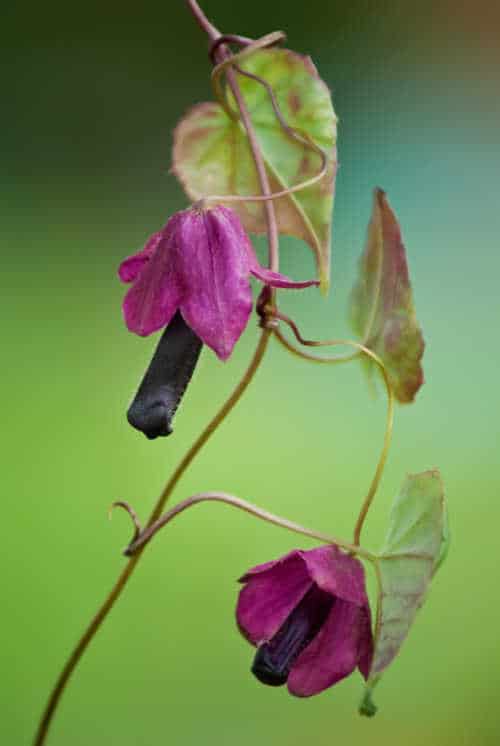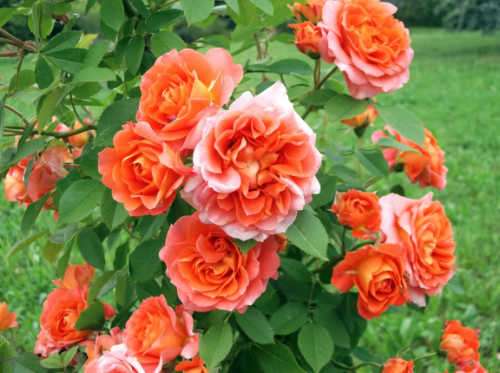A practical planting guide for obelisks
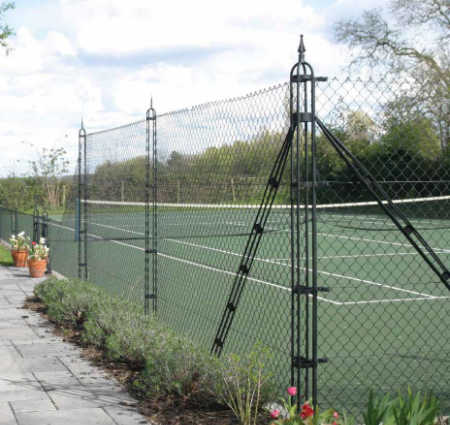 Our patented obelisks provide a stylish alternative to traditional fence posts. what's more, their open design allows for a clearer view of the court and their strength reduces the number of supports needed. They also provide an attractive system of plant support. And that's not just ou opinion -freestanding obelisks can make for an appealing garden feature, says the Royal Horticultural Society (RHS) in a recent edition of its house magazine The Garden.
Our patented obelisks provide a stylish alternative to traditional fence posts. what's more, their open design allows for a clearer view of the court and their strength reduces the number of supports needed. They also provide an attractive system of plant support. And that's not just ou opinion -freestanding obelisks can make for an appealing garden feature, says the Royal Horticultural Society (RHS) in a recent edition of its house magazine The Garden.
However, planting needs careful consideration to avoid the structure being overwhelmed by too much plant growth. The RHS sets out a selection of great ideas for obelisk planting including such favourites as clematis, roses, morning glory and rhododendron.
The designation ‘AGM’ after some of the plants indicates the award of an RHS Award of Garden Merit. This is a long-established annual award for plants by the British Royal Horticultural Society (RHS). It is based on an assessment of the plants' performance under UK growing conditions.
The RHS uses a clever hardiness guide to help you choose the right plants for your location. The details of the guide are set out below the plant descriptions.
Red-flowered clematis
Clematis Rebecca: compact startling red-flowered clematis ideal for an obelisk and grows well in a container, in some sun. Size: 2.5m (8ft). Hardiness H6.
Chilean Glory Flower
Eccremocarpus scaber: delicate-looking climber with fern-like foliage and masses of white, yellow, pink, red tubular flowers, Often grown as an annual but perennial, except in a cold winter. Stands some shade. Size 4m (13ft) Hardiness H3. (Popularly known as the Chilean Glory Flower)
Morning Glory
Ipomoea lobata AGM: tender annual twining climber raised from seed each year with enchanting racemes of red and yellow tubular flowers in summer, until the frosts. Needs a sunny fertile site. Size: 2.5m (8ft) Hardiness H1c. (Popularly known as morning glory)
Mock Orange
Philadelphus mexicanus: shrub with trailing stems and heavily scented, cup-shaped, pink-blotched cream flowers in midsummer. Vigorous; prune annually to keep it within a large obelisk.
Needs a sunny sheltered site. Size 3m (10ft) much more if allowed. Hardiness: H4.
Purple Bell Vine
Rhodochiton atrosanguineus AGM: tender seed-raised annual climber with masses of unusual, dangling purple flowers through summer. Needs sun. Size: 2.5m (8ft). Hardiness: H2. Also known as the purple bell vine.
Chewizz
Rosa Warm Welcome AGM: easy, compact climbing rose smothered with single, bright orange flowers through summer. Sun or light shade. Size 2.5m (8ft). Hardiness H6.
Choosing plants that will stand up to winter
| Rating | Temperature range C (F) | Category | Definition |
|---|---|---|---|
| H1a | Warmer than 15 (>59) | Heated glasshouse - tropical | Needs to be grown as a house plant or under glass all year round. |
| H1b | 10 to 15 (50 to 59) | Heated glasshouse - subtropical | Can be grown outdoors in summer in sunny and sheltered locations but generally performs best as a house plant or under glass all year round. |
| H1c | 5 to 10 (41 to 50) | Heated glasshouse - warm temperate | Can be grown outdoors in summer throughout most of the UK while daytime temperatures are high enough to promote growth. |
| H2 | 1 to 5 (34 to 41) | Tender - cool or frost-free glasshouse | Tolerant of low temperatures but will not survive being frozen. Except in frost-free inner-city areas or coastal extremities requires glasshouse conditions in winter, but can be grown outdoors once risk of frost is over |
| H3 | Minus 5 to 1 (23 to 34) | Half-hardy - unheated glasshouse / mild winter | Hardy in coastal / mild areas except in hard winters and at risk from sudden (early) frosts. May be hardy elsewhere with wall shelter or good microclimate. Can survive with artificial winter protection. |
| H4 | Minus 10 to minus 5 (14 to 23) | Hardy - average winter | Hardy through most of the UK apart from inland valleys, at altitude and central / northerly locations. May suffer foliage damage and stem dieback in harsh winters in cold gardens. Plants in pots are more vulnerable. |
| H5 | Minus 15 to minus 10 (5 to 14) | Hardy - cold winter | Hardy through most of the UK even in severe winters. May not withstand open or exposed sites or central / northerly locations. Many evergreens suffer foliage damage and plants in pots will be at increased risk. |
| H6 | Minus 20 to minus 15 (Minus 4 to 5) | Hardy - very cold winter | Hardy throughout the UK and northern Europe. Many plants grown in containers will be damaged unless given protection. |
| H7 | Colder than minus 20 ( Below minus 4) | Very hardy | Hardy in the severest European continental climates including exposed upland locations in the UK. |
